Conflicts of perspective can occur even in the most like-minded communities. When people are passionate about a cause, it’s sometimes easier to put blinders on than to accept facts and data that contradict our worldview.
A version of this head-in-the-sand scenario is currently playing out in the California cannabis industry, specifically around the subject of mixed-light grow operations.
Here we take a look at four common myths surrounding mixed-light growers and debunk them with first-hand knowledge. We at Giving Tree Farms pride ourselves on putting the health of the environment at the forefront of our work, and like us, other mixed-light growers are doing the same.
Myth #1: Mixed-light growers use outrageous amounts of plastic.
While our greenhouses do require plastic skins/films, these last for more than five years (10 or more harvests) and are not single-use. Plastic containers, if any, are reused until they begin to break down, and always recycled. Other sources of plastic, such as nutrient containers, soil bags, mixing tanks, etc., are found in all garden types and are not unique to mixed-light cultivation methods.
Myth #2: Mixed-light growers use too much energy due to their artificial lighting.
Mixed-light cultivators do not use artificial light as the sole light source. Rather, we use the sun as our primary source, and fill in the void with supplemental lighting only when necessary. We at Giving Tree Farms have gone as far as customizing our greenhouses to allow for more natural sunlight during the day. We track the sun's location in the sky, identify shadows, and have adjusted our end walls accordingly to maximize natural light. We use LEDs for our supplemental lighting in our hoop houses. In our climate-controlled greenhouse environments, we are transitioning to LEDs for year-round production. LEDs use significantly less energy than HPS bulbs.
The use of these lights gives us control over our plants' growth phase so we can have multiple harvests a year, but the artificial lighting is still only used when needed. For those moments where we must be on the grid, we have opted into the EverGreen program through Sonoma Clean Power. This means our energy is produced locally and by 100% clean-energy sources. In the event of a blackout, we have invested in solar generators from Goal Zero that allow us to produce power sustainably without sacrificing quality.
Myth #3: Mixed-light growers use excessive amounts of water.
Due to our ability to achieve multiple harvests a year, we utilize 30-gallon pots, keeping our plants modest in size and the water intake low. We also use moisture meters to avoid overwatering and have implemented a combination of drip irrigation lines and hand-feeding techniques to strictly control the amount of water our plants receive. Our ladies will use their water resources more efficiently if given small “sips” throughout the day. We’re also able to maintain moisture levels in the greenhouse environment to minimize evaporation. When looked at from a per harvest perspective, mixed-light growers can actually use less water per harvest than their counterparts, all while maintaining the highest quality standards.
Moreover, this control over our growing environment greatly reduces our chances of crop devastation, be it from an unexpected natural disaster, pest infestation, mold, or disease -- all of which can be detrimental to the crop’s success. While it’s impossible to completely eliminate these risks, our monitoring of the crop environment makes it much less likely. When a large crop portion is lost, all of the resources used to cultivate it are considered wasted. We protect ourselves from this waste possibility by paying close attention to our greenhouse's environmental controls and taking proactive measures that are isolated to the greenhouse space only.
Myth #4: Mixed-light growers purchase new soil every year rather than amending and rebuilding the soil.
With sustainability always top of mind, Giving Tree Farms has been committed to rebuilding the soil we use in our mixed-light facilities. Each year, all of our soil is winterized out in the sun with wattles and covers. Then, after the last rain, we remove the coverings and begin adding in necessary amendments to re-treat the soil, assuring our plants are given a healthy medium in which to thrive. Between each harvest, we always send a soil sample to be tested by DBS Analytics. We receive a full report about its current condition and a recommended amendment list meant to refresh the soil between crops.
Mixed-light cultivators have the opportunity to be both environmentally conscious and business-focused. Achieving multiple harvests is imperative for our business growth, but it’s just as important to our earth’s health that we stay sustainable. Giving Tree Farms holds our sustainability efforts to a high standard, and even uses recycled materials to build our mixed-light facilities. We have taken it a step further and received a Simply Clean certification from The Cannabis Conservancy to communicate with our buyers just how truly important sustainability is to us.
When it comes to determining which farms are environmentally friendly and which are not, it boils down to the grower, not the structure they decide to cultivate under. It’s a personal decision to be environmentally conscious, and no license type is a definite determiner of that. That's why I encourage you to seek out the correct cultivators, not license type, if sustainability is what you're after. We should be working with our peers, not against them, to form guidelines that shape our industry’s footprint. Although we are put in categories labeled by our cultivation space, we must remember we’re all on the same team, and we all share the same goal for a sustainable future.
To learn more about Giving Tree Farms' cultivation practices, please visit our "About Us" page. If you are a buyer interested in what products Giving Tree Farms has in stock, please fill out a Wholesale Account form, and we will reach out to you soon.

